Anyone who wants to assert his or her rights for infringement of a trade secret must prove that the inventions or processes were protected in the best possible way – by ‘appropriate’ secrecy measures. But what is ‘appropriate’ ? There is initial German case law from the OLH Hamm on this.
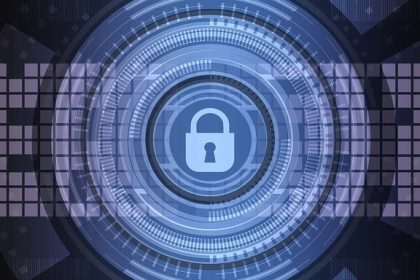
Instead of protecting an invention as a patent, it can also be protected as a trade secret.
In such a case, the legal basis is the new German law on the protection of trade secrets, the GeschGehG, which entered into force on 26 April 2019 – we reported. Accordingly, the owner of a trade secret can claim injunctive relief against the infringer if there is a risk of repetition (Section 6 GeschGehG). The prerequisite for this is that ‘reasonable’ secrecy measures have been taken by the company ((§ 2 No. 1b) GeschGehG).
Trade secret
This is precisely what the plaintiff asserted before the Higher Regional Court of Hamm (OLG Hamm). The plaintiff alleged that in 2012 or before (at least during their time as employees of the plaintiff), the managing directors of the defendant had unauthorisedly taken or copied documents (in particular drawings) that were to be classified as trade secrets, then made them available to the defendant and allegedly used these documents to build the „Flüsteraggregat“ (in engl: “whispering unit”) as an imitation.
However, this claim was dismissed because, in the opinion of the OLG, it was neither an imitation of the original product nor was it proven by the plaintiff that the defendants had actually stolen documents or drawings without authorisation. The defendants rejected the accusation and claimed that the managing directors had known the dimensions and tolerances as know-how from their work for the plaintiff. And so-called “reverse engineering”, i.e. rebuilding according to one’s own knowledge, is not dishonestly obtained within the meaning of Section 4 No. 3 UWG.
What are ‘appropriate’ confidentiality measures?
However, the judgement of the OLG Hamm is particularly interesting in another respect: in particular, the Higher Regional Court of Hamm dealt with the aspect of what constitutes ‘appropriate’ confidentiality measures in this case. This is all the more gratifying because this point in particular requires classification by case law despite the Directive proposal and despite the German GeschGehG. The OLG Hamm has made an important contribution to this.
For in practice, “appropriate” secrecy measures mean a great deal of effort for companies. The plaintiff had taken extensive security measures and also provided evidence of these: EDP security guideline, regulated access to the so-called PZA and non-disclosure agreements with licensees. Nevertheless, the OLG Hamm did not recognise this as sufficient.
Reasonable’ confidentiality measures – proportionate
Reasonableness is determined by the concrete circumstances of the individual case, the court explained, moreover, ‘reasonable’ secrecy measures must be proportionate. Therefore, it is not necessary that there is optimal protection of the trade secret, the OLG clarified. However, of particular importance for the assessment as ‘reasonable’ secrecy measures are the nature and the economic value of the secret, the court emphasised. This could not be defined by a fixed cost-value ratio, but the threshold for unreasonableness was in any case exceeded if the costs for the protective measures exceeded the value of the trade secret.
Further criteria for ‘reasonable’ secrecy measures
As further criteria, the court named the economic sector (and the security measures customary in the sector), the degree of competitive advantage through secrecy, any difficulties of secrecy as well as the concrete risk situation.
The size of the company and its efficiency were also to be taken into consideration, added the OLG Hamm, a powerful company could also be expected to take larger and more financially costly secrecy measures. All in all, the legal assessment had to be made from the perspective of an objective and reasonable observer from industry-specific expert circles.
Appropriate’ confidentiality measures not decisive in the present case
In the present case, however, ‘appropriate’ secrecy measures were not decisive at all. The OLG Hamm summarised that the decisive factor is not how the knowledge could have been obtained, but only how the defendants actually obtained the knowledge. Even if it is assumed that a comparison of the production drawings suggests that the plans of the plaintiff’s drawings were used, this says nothing about the origin of the plans, since the defendants could have obtained this knowledge in other ways.
It is true that the defendants demonstrably had concrete plans to set up a competing company while still employed by the plaintiff, but this is no evidence of dishonest acquisition of knowledge.
Trade secret must be secret
A trade secret according to § 2 No. 1 GeschGehG is information that is not generally known or readily accessible, either as a whole or in the exact arrangement and composition of its components, to persons in the circles that usually deal with this type of information, the OLG Hamm once again made quite clear.
However, this was not how the plaintiff handled the case at hand; at least in part, the disputed drawings of the relevant components were demonstrably available to the plaintiff. In its complaint, however, the plaintiff had uniformly presented the confidentiality of all drawings/plans.
The action was therefore dismissed. Thus, the plaintiff is not entitled to the asserted injunctive relief, because this could only follow from § 6 GeschGehG.
Finally
Apart from that, the GeschGehG contains neither transitional periods nor transitional rules. Therefore, if injunctive relief is sought, the decision on this depends on the assessment of the factual and legal situation at the time of the last hearing of the factual instance.
Do you need assistance, especially in the legal and contractual area for IP protection?
Our attorneys have many years of expertise in patent law as well as in the entire field of IP protection and are authorised to represent you before any court – in Germany and also internationally. You are welcome to contact us.

Sources:
Judgement of OLG Hamm „Flüsteraggregat“, 4 U 177/19
Image:
TheDigitalArtist | pixabay.com | CCO License

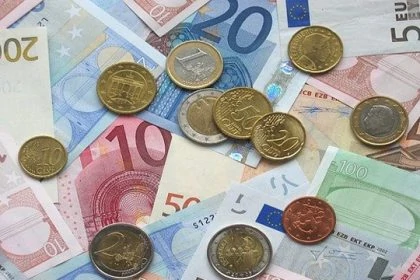
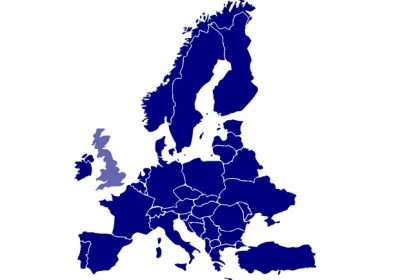
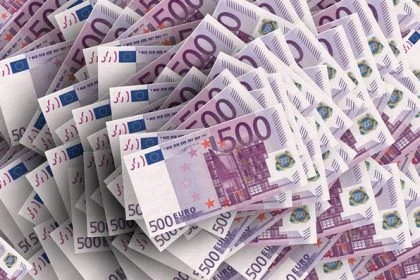

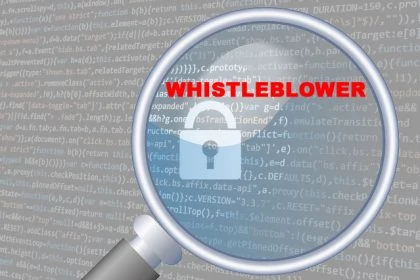
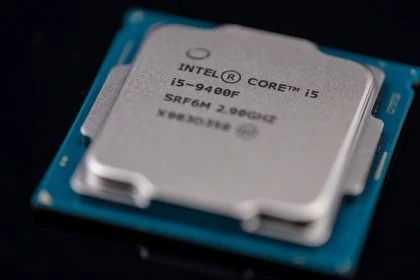
Leave a Reply